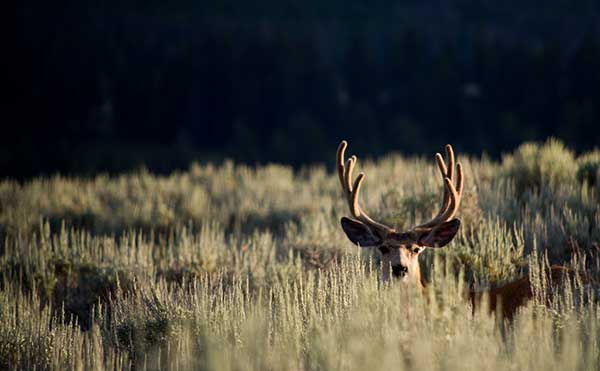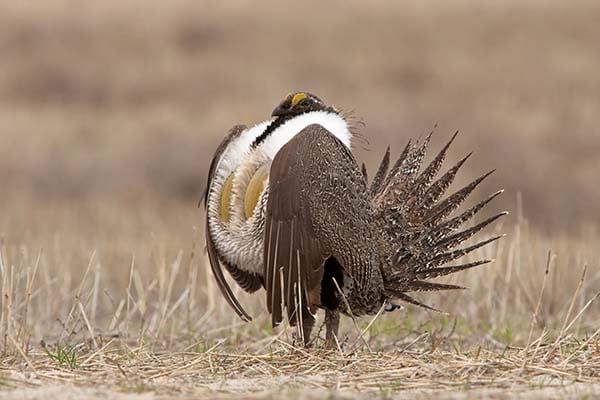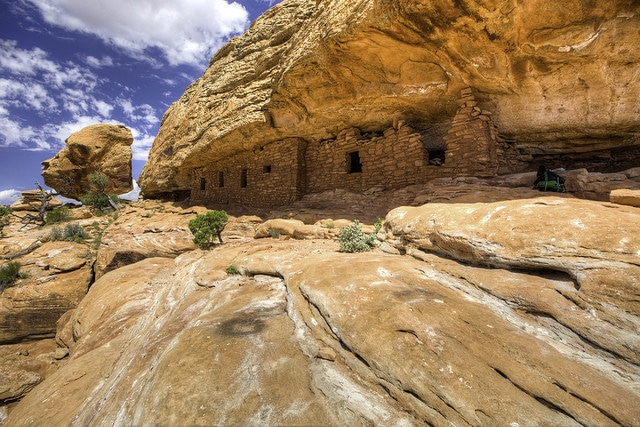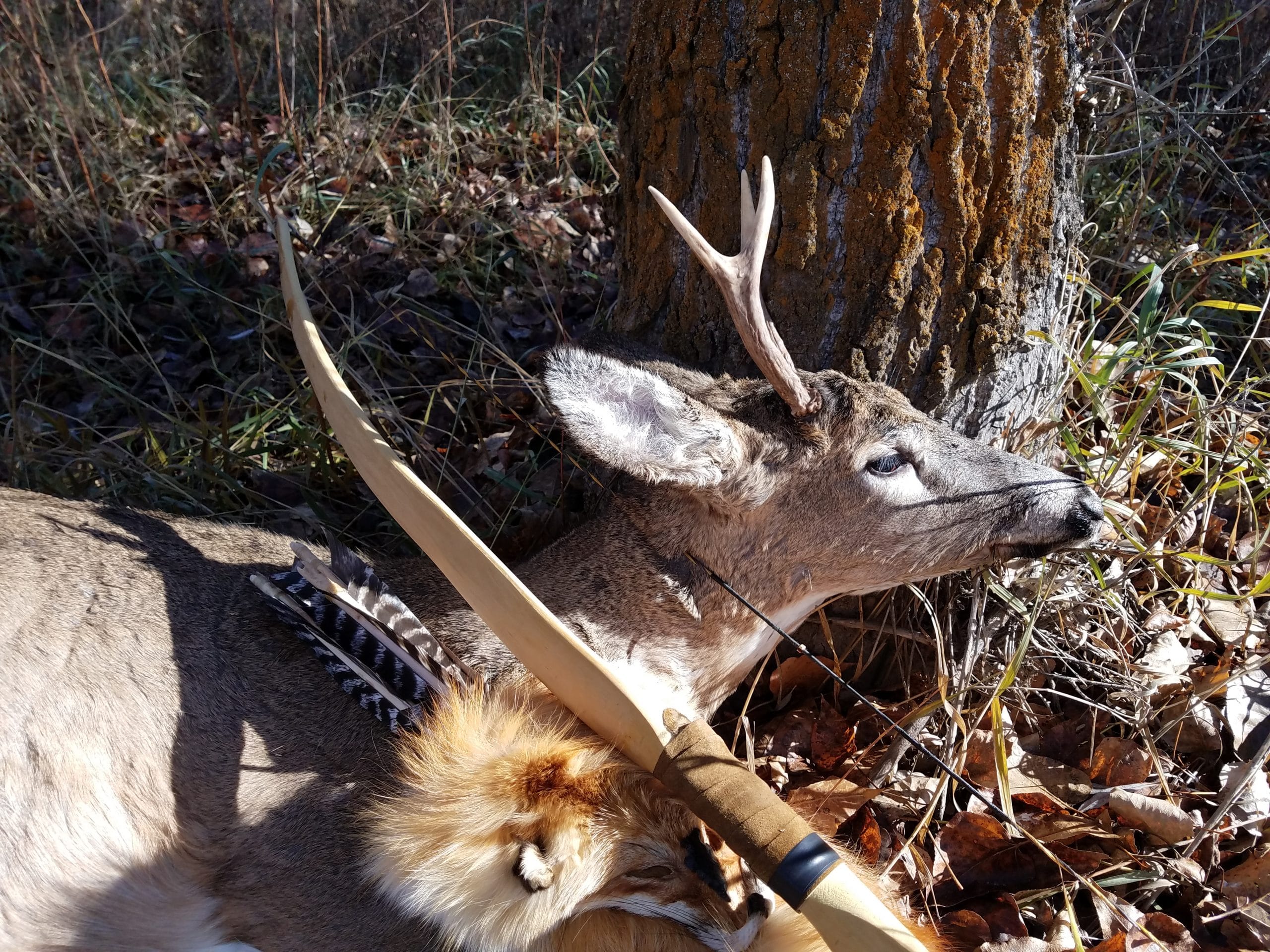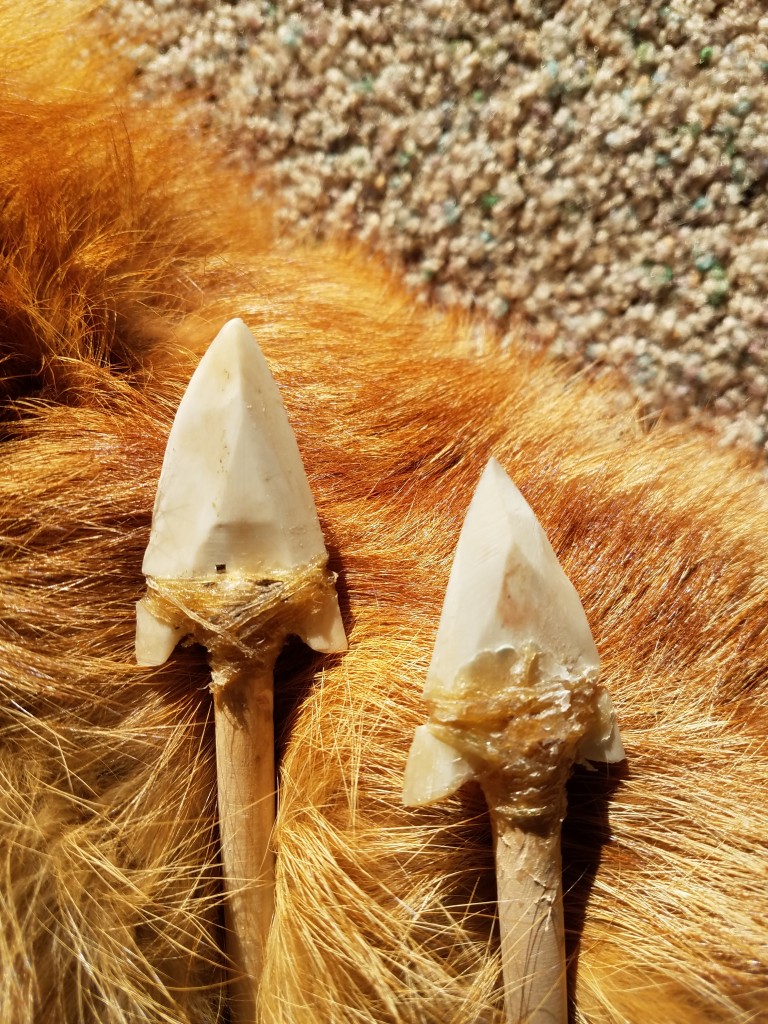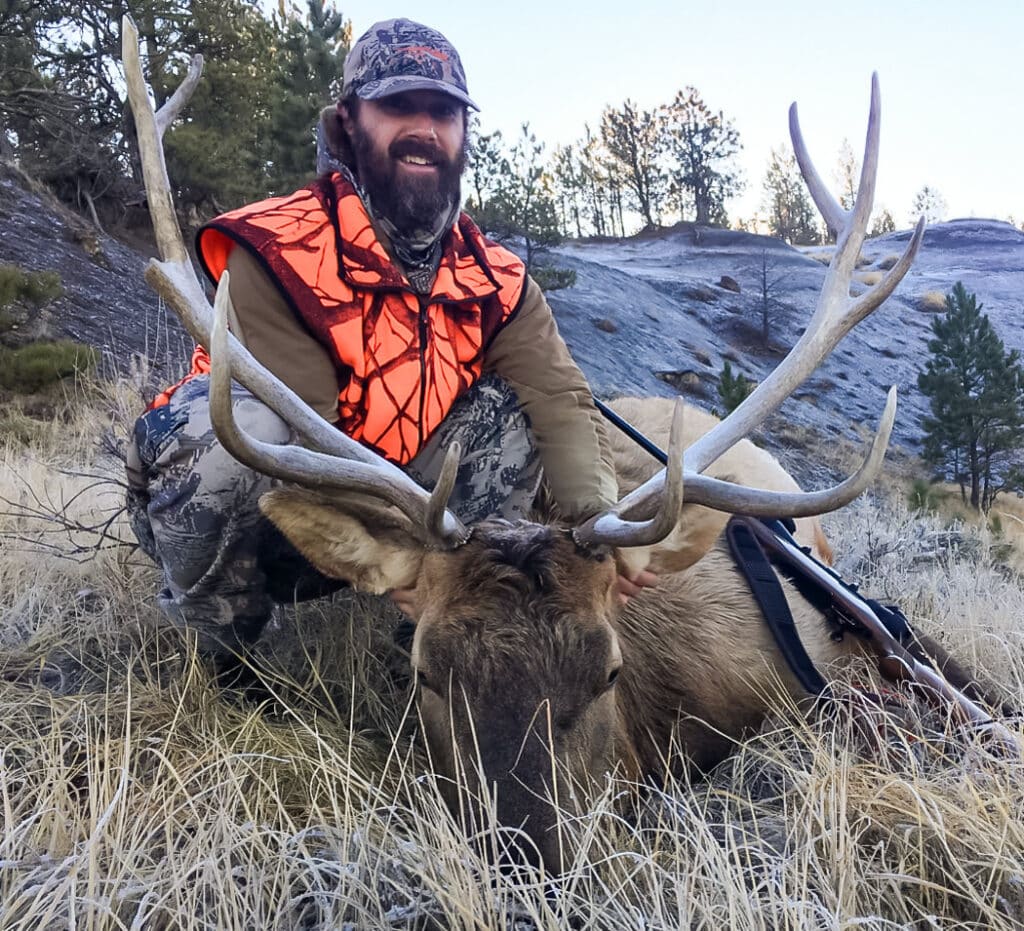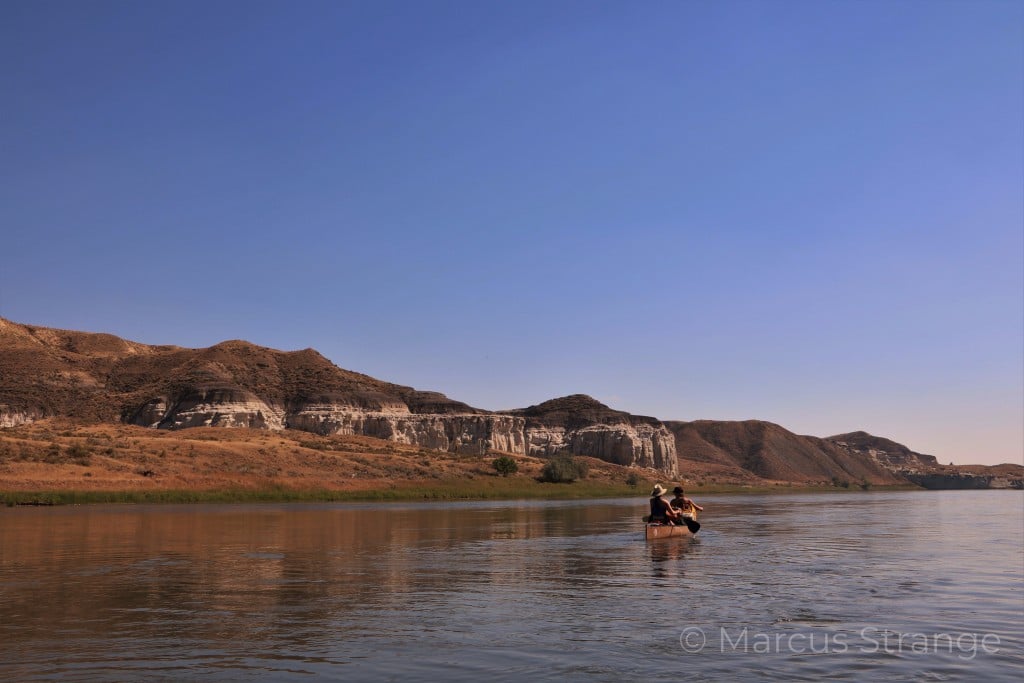
Proclamations signed today by the President to remove protections from national monuments is being criticized by the Montana Wildlife Federation (MWF) as a dangerous precedent that calls into question the future of other protected areas across the west.
On Monday, December 4, President Donald Trump ended several months of secrecy and announced that several protections will be removed from the Grand Staircase Escalante National Monument and Bears Ears National Monument. This action by the President ignores overwhelming view by the majority of American’s who have stated that these places should be left alone. Last May, MWF conducted a scientific poll of Montanans which found that 58% of respondents said that we should leave national monuments the way they are, with an additional 16% calling for more land to be protected through more monument designation rather than less.
In response to the announcement, Montana Wildlife Federation executive director Dave Chadwick said:
“We are extremely disappointed in the President’s decision to ignore the years of local discussions by local residents, Native American tribes, conservation advocates, and other stakeholders that went into designating these national monuments. This decision calls into question the security of all public lands, including Montana’s Upper Missouri River Breaks National Monument. Unilaterally shutting down and repealing national monuments sets a precedent that will forever leave our Breaks and all public lands vulnerable. This decision shows that the Administration is willing to listen to a handful of extreme voices over the majority of Americans when it comes to our public lands.”
The Montana Wildlife Federation is concerned these recommendations create an atmosphere where future administrations could continue to attempt to shrink public lands and the budgets that maintain them. Actions such as today’s and bills like HR 3990 — supported by Montana Representative Greg Gianforte — are evidence that, if passed, our public lands are under dire threat. If the Department of Interior can roll back monument protections in any monument, nothing prevents future administrations from undertaking the same in other places, including the Missouri River Breaks.
Bill Geer, a resident of Lolo and president of the Montana Wildlife Federation, said:
“Instead of trying to redraw national monuments from the top down, land managers should be working with local communities to develop smart management plans. We know that approach works, because it is what we’ve done here in Montana at the Missouri Breaks. This entire national monuments review process has just been a distraction from the real work of working together to protect public access, wildlife habitat, and multiple use public land management.”
John Salazar, a resident of Livingston and a board member of Montana Wildlife Federation, says today is a defining one in the Trump administration’s attitude towards public lands and public opinion:
“The history books are being written. Today President Trump and Secretary Zinke ignored what the vast majority of Americans want and showed that he is not a good steward of our country’s public lands. Today the government broke ranks with the majority of Westerners who said shrinking or eliminating national monuments hurts our way of life and the outdoor economy.”
The Department of the Interior received over 2.8 million public comments on the Interior Department’s monument review. Independent analysis has found more than 99 percent of the electronic comments received express support for protecting monuments and maintaining them at their current sizes. Montana’s Fort Peck Tribal Executive Board established a tribal resolution affirming support for the Bears Ears National Monument which is on President Trump’s chopping block. Secretary Ryan Zinke is an adopted member of the Tribe. In recent months, over two dozen religious leaders in Montana called Secretary Zinke to make no changes to any national monument. This plea was ignored today.

